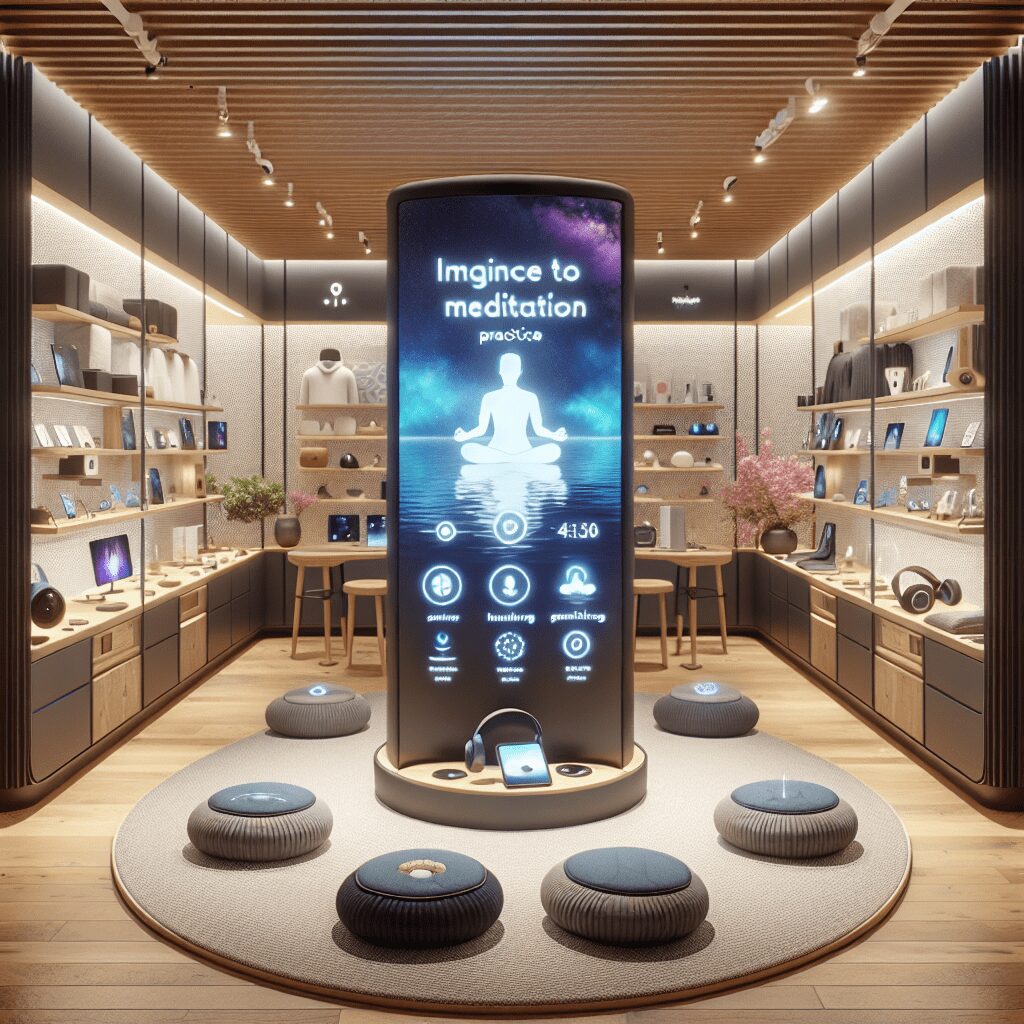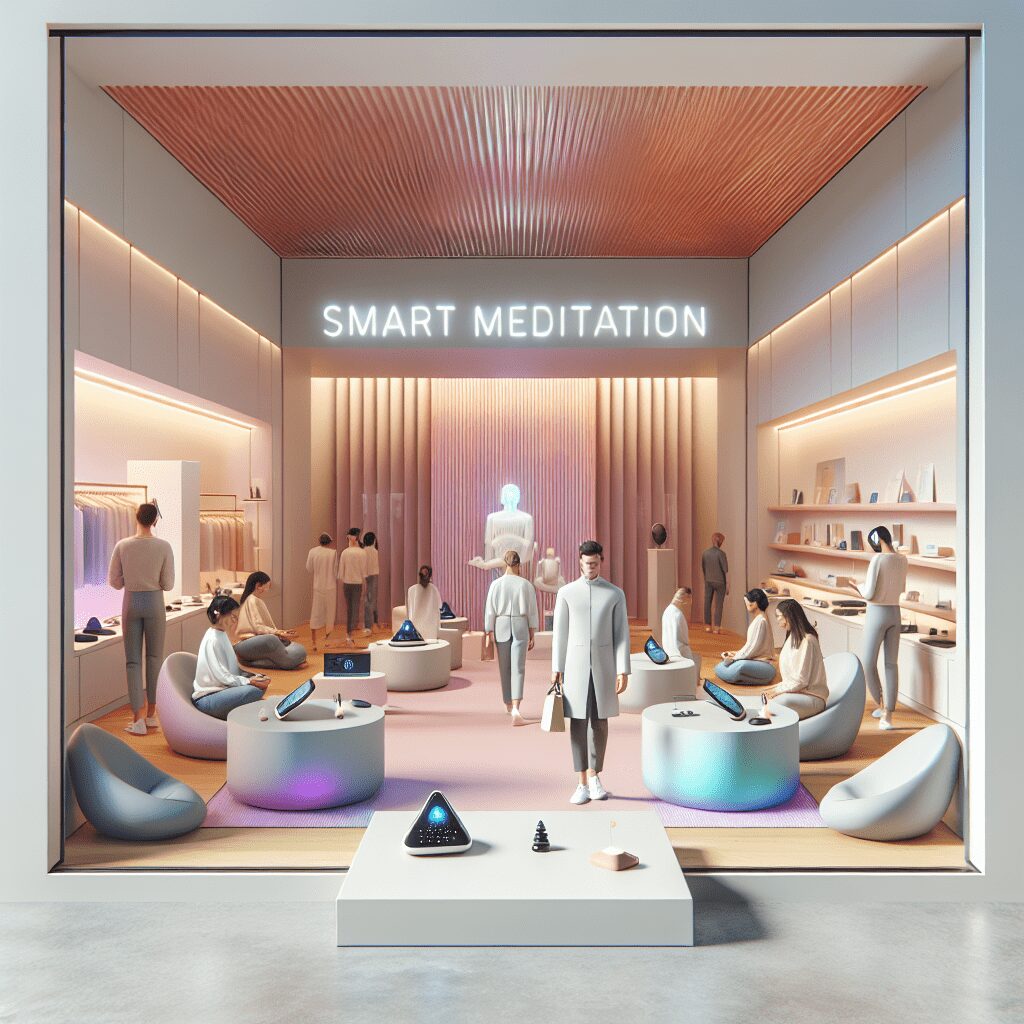
Prioritize your mental well-being daily. Enhance your life by nurturing your mental health with the Smart Meditation app. Break free from stress, alleviate anxiety, and enhance your sleep quality starting today.
Art Appreciation Meditation
Unveiling the Canvas of Serenity: The Blend of Art Appreciation and Meditation
In the fast-paced rhythm of today’s world, where the cacophony of the mundane often drowns out the melodies of the soul, finding solace becomes a pursuit. Enter Art Appreciation Meditation – a harmonious symphony that blends the vibrant strokes of art with the tranquil essence of meditation. It’s not just a fancy term but a gateway to experiencing tranquility, mindfulness, and a profound connection with the aesthetic realm. Let’s embark on a journey to explore this unique amalgamation, shall we?
The Brushstrokes of Mindfulness: How Art Meets Meditation
At first glance, art and meditation might seem like distant cousins at best. One is a tangible expression of human creativity, while the other is an introspective practice focusing on mental and emotional clarity. But, as they say, opposites attract, and this unlikely pairing proves just that.
1. A Visual Voyage: Art appreciation meditation begins with immersing oneself in the visual feast that artwork provides. It’s not merely about scanning the surface but delving deep into the narratives, textures, and emotions woven into the canvas. This isn’t your average museum stroll; it’s about forming a personal connection with the piece.
2. The Meditative Melody: Once the art piece grabs your attention, the meditation part kicks in. This isn’t about emptying your mind but rather filling it with the awareness of color, form, and emotion conveyed by the artwork. It’s about letting the art “speak” to you, allowing its essence to wash over you, silencing the chatter in your mind, and leading you to a state of mindfulness.
Engaging in the Artful Practice
So, how does one embark on this enriching journey? It’s easier than you might think, and you don’t need to be an art historian or a meditation guru to dive in.
Step 1: Choose Your Piece Wisely: Start by selecting an artwork that genuinely speaks to you. It could be anything from a classical Renaissance painting to a contemporary abstract sculpture. The key is to feel a pull, a curiosity that beckons you to explore further.
Step 2: Set the Scene: Create a tranquil ambiance where you won’t be disturbed. A quiet room, soft lighting, perhaps even some ambient background music to set the mood. Ensure your chosen artwork is positioned where you can comfortably gaze upon it.
Step 3: Dive Deep with Open Senses: Begin with deep, steady breaths to center yourself. Let your gaze gently rest on the artwork, taking in the entirety of its presence. Slowly narrow your focus, examining the details—the brushstrokes, the play of light and shadow, the colors dancing before your eyes. Let your senses guide your experience, touching upon what you see, what you feel, and what thoughts and emotions arise.
Step 4: Reflect and Journal: After spending a dedicated time in meditation with the artwork, take a moment to jot down your reflections. What surfaced during your meditation? Did the artwork evoke memories, emotions, or thoughts? This process not only deepens your art appreciation but also enhances your introspective practice.
Embarking on a Journey of Self-Exploration
Art Appreciation Meditation isn’t just about understanding art on a deeper level; it’s a tool for self-exploration and mindfulness. It offers a unique way to quiet the mind, engage with beauty, and unearth the layers of our consciousness. Whether you’re a seasoned art enthusiast or someone simply looking for a novel way to meditate, this practice holds something for everyone.
In a world clamoring for our attention, taking a moment to pause, to engage with art in a meditative way, is like finding an oasis in a desert. It’s a reminder that amidst the hustle and bustle, beauty and serenity are always within reach—if only we stop to look. So why not grab your proverbial brush and palette and paint yourself a moment of peace? The results might just be a masterpiece of mindfulness.





